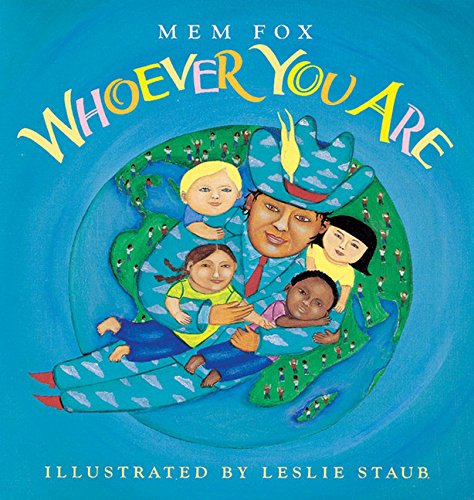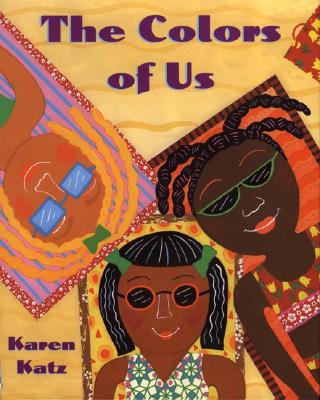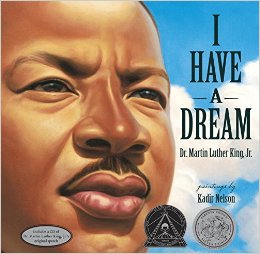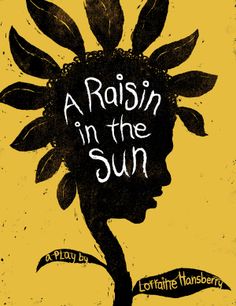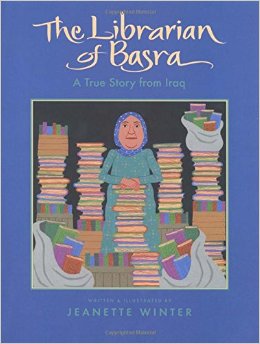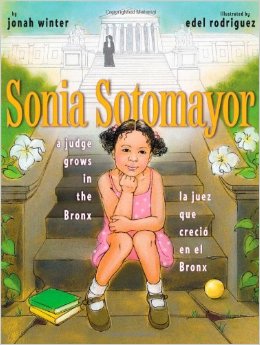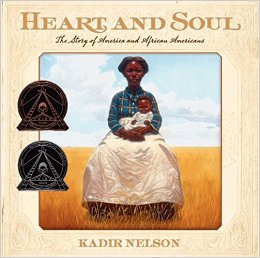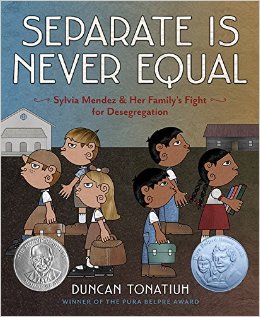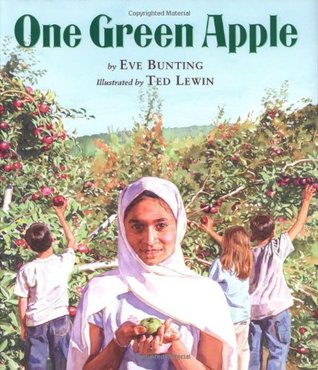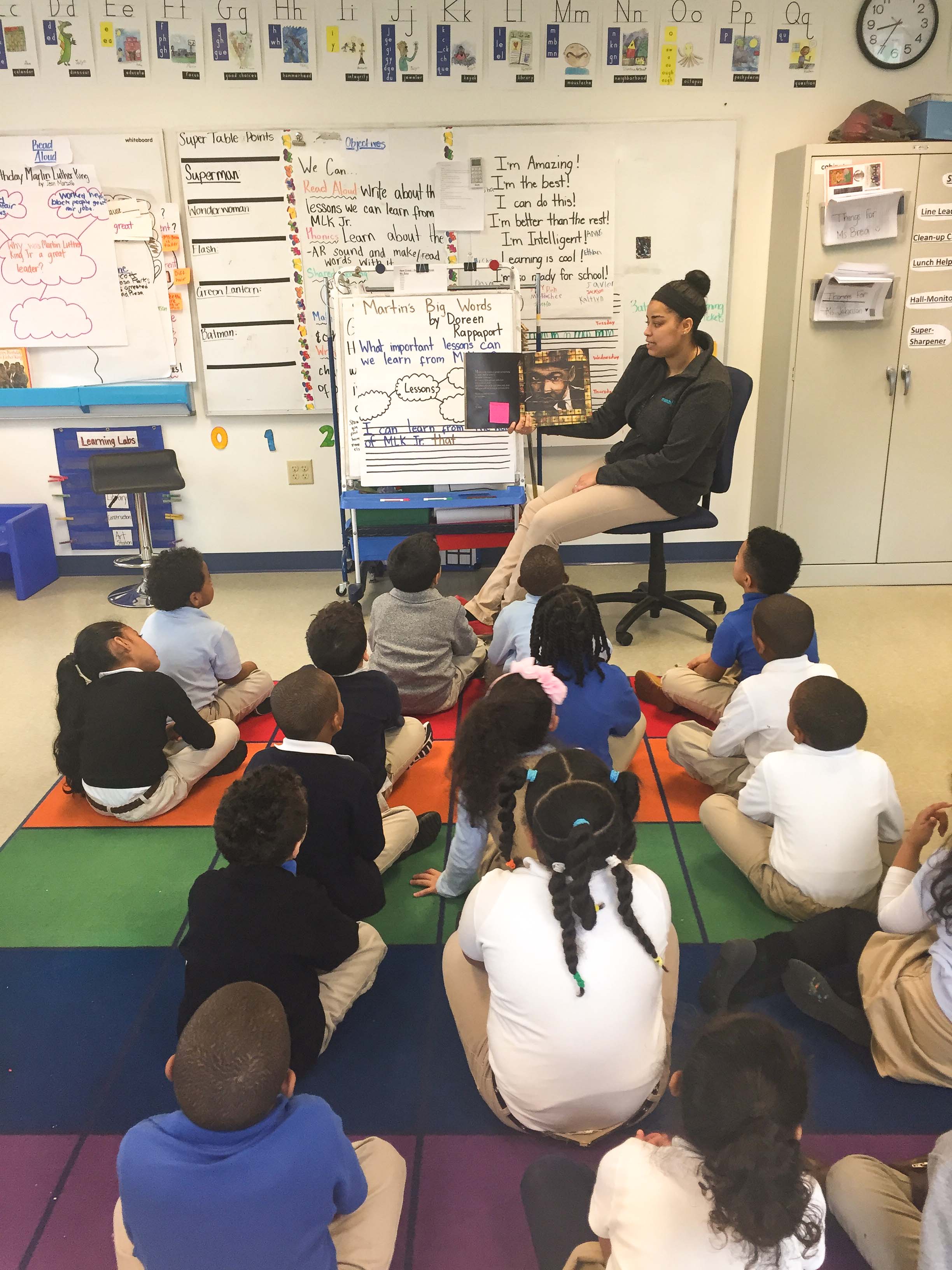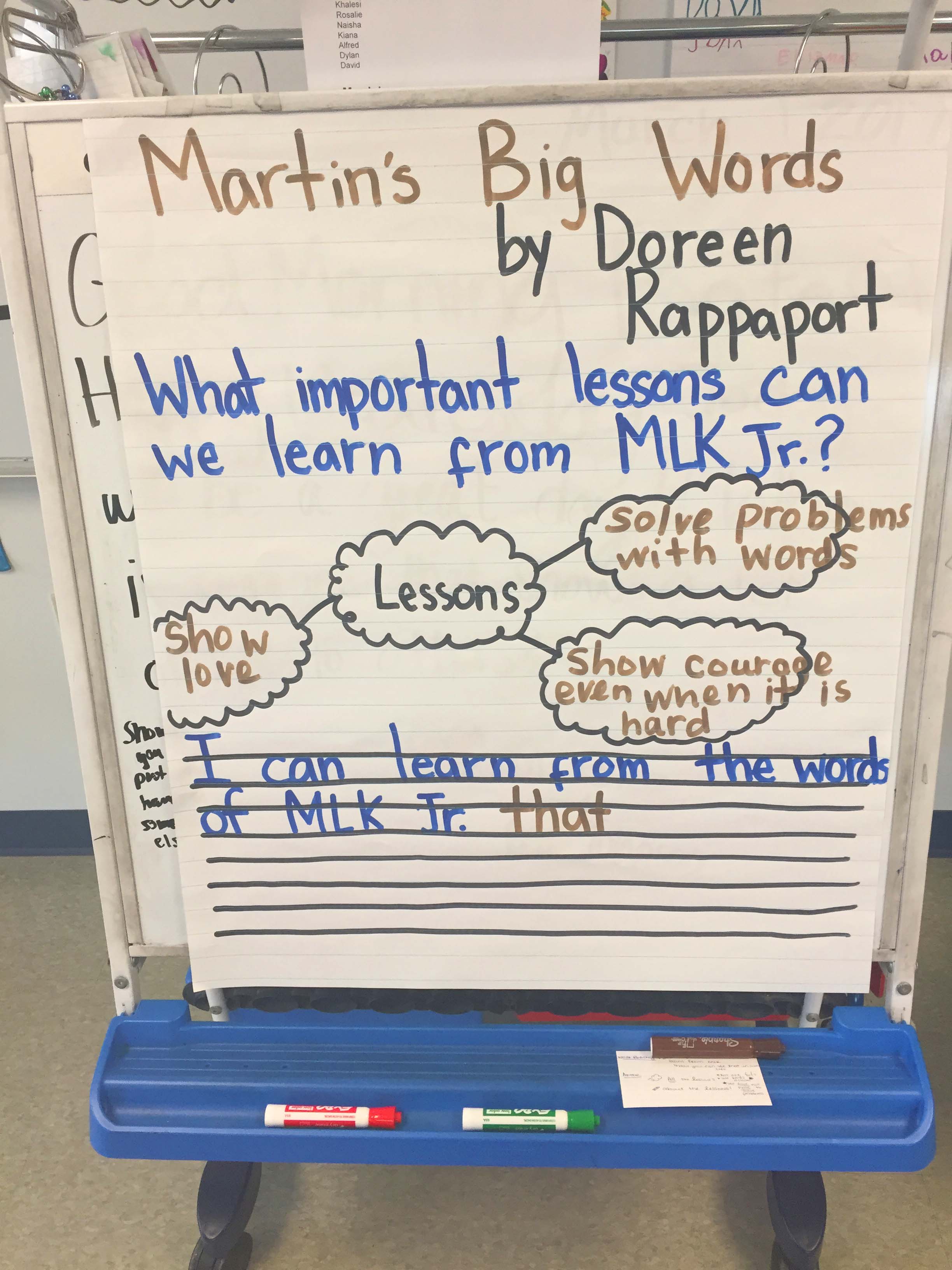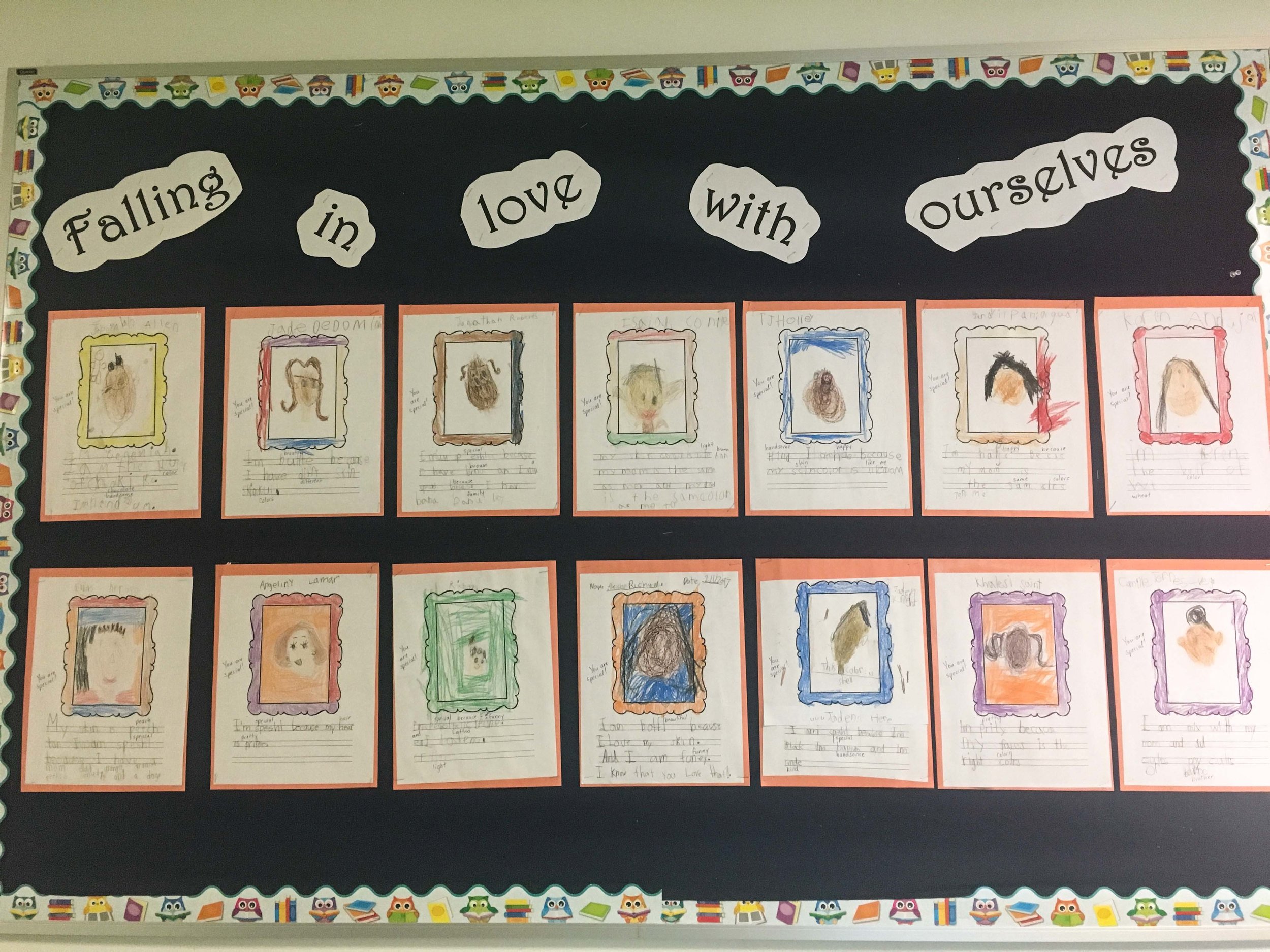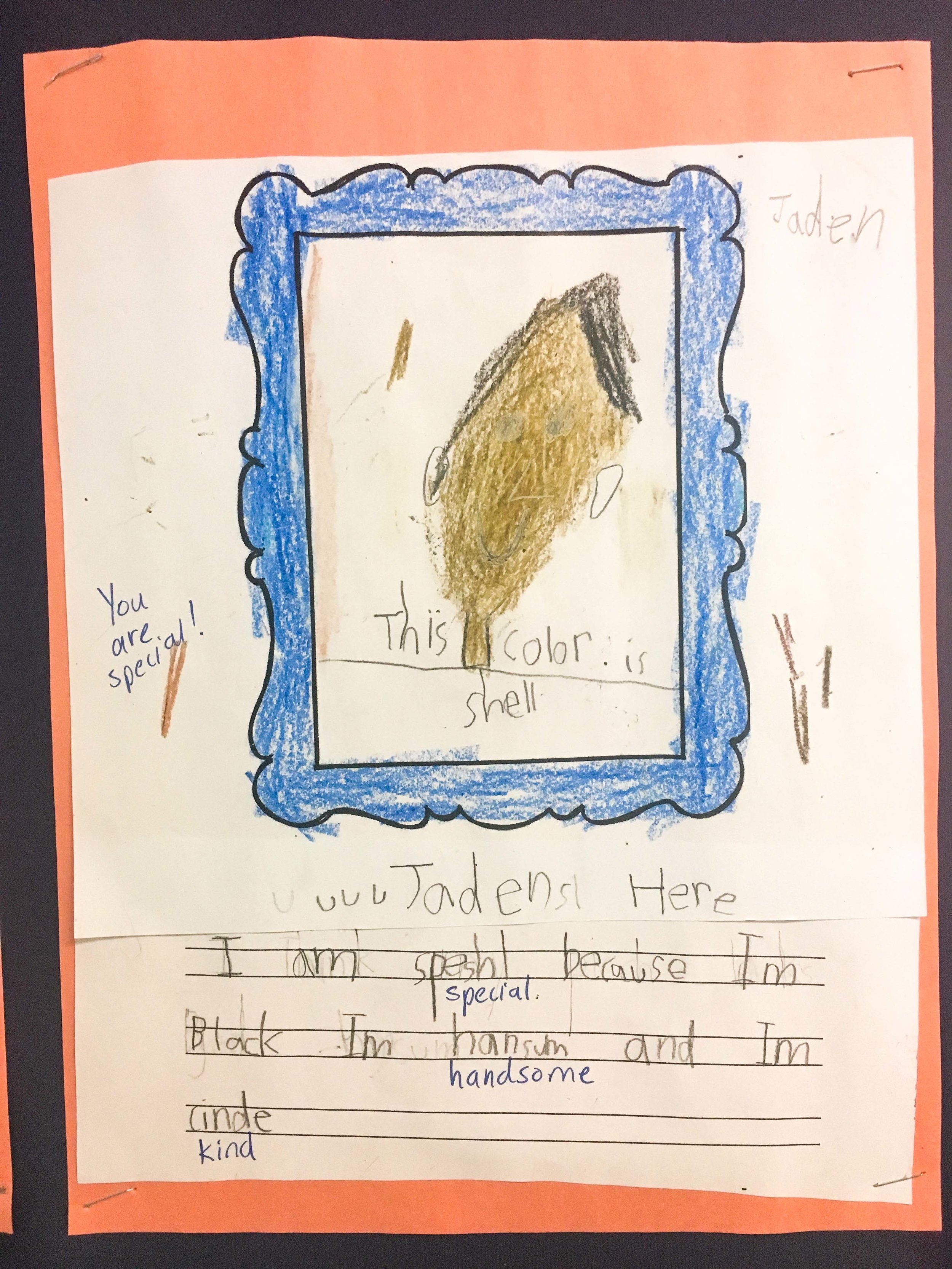Like a lot of schools, at Match we strive to place the cognitive load of learning on our students – encouraging them to work hard, struggle, sometimes fail and try again – instead of using a more rote approach that would have them arrive at a predetermined answer.
But that’s not the way many of us (including many of our teachers) experienced school, so it requires intention and continuous practice. Think about it: how many times did you “learn” by copying down in your notebook whatever your teacher wrote on the overhead projector?
Instructional leaders at Match – also called assistant principals – have one primary responsibility: to coach teachers on their instructional practice, and more specifically, to ensure that our students are doing the hard (and fun!) work of learning. Their days and weeks are a blur of planning meetings, teacher observations and coaching sessions, as they support teachers’ efforts to master the substance of the content they are teaching and find new and creative ways to engage students.
Our assistant principals report to the principal at their Match School campus, but they also receive additional weekly support from our curriculum team, a group of six experienced former teachers who are charged with writing Match’s K12 curriculum.
Anne Lyneis is the curriculum team member responsible for English Language Arts at our elementary school in Hyde Park. In addition to developing the unit plans, lessons and assessments in use every day at Match Community Day (MCD), she spends a significant percentage of her time meeting with the assistant principals at MCD to talk through what’s going well, what could be better and plan for the week ahead.
Anne’s job could be – and sometimes is – like one big game of telephone. Anne explains the goals and structure of a unit to MCD’s assistant principals, Nola Kosowsky and Jen Mullen. But then it’s up to Nola (who works with third thru fifth grade teachers) and Jen (who works with our kindergarten thru second grade teachers), to translate those best intentions to teachers.
During one recent check-in meeting, focused on preparing teachers for an upcoming unit on comparing and contrasting Greek myths, Nola and Anne talked through how to best help fourth graders develop the skill of narrative writing. Here are a few things they discussed:
- How the practice of reading influences the practice of writing.
- The importance of teaching writing through the lens of “author craft study,” where students are pushed to consider an author’s point of view, use of descriptive language and story structure.
- Stressing quality of writing, over quantity of writing: it’s preferable for a student to write three short paragraphs that include dialogue, complex sentence structures and precise word choice, than six paragraphs that demonstrate none of that higher order mastery.
- Encouraging teachers to put Greek myths in context, by helping students see connections between what they are studying in class and the modern world.
After Nola and Anne’s weekly meeting, Nola went off to lead a preparation meeting of her own. That meeting was video taped – or, rather iPhoned – and uploaded to TALENT, a website that allows us to share videos (for observation and teaching purposes) across all of Match. Anne often watches a recording of those meeting with two goals: to give feedback to Nola, on the effectiveness of her meeting, and to make any adjustments to her own practice of how she presents and frames the curriculum.


